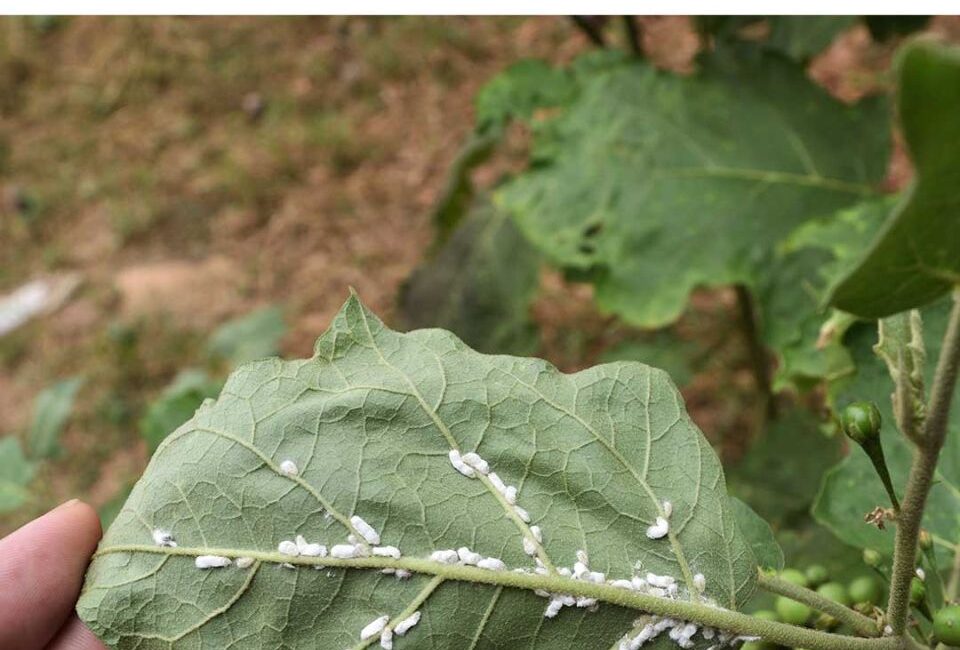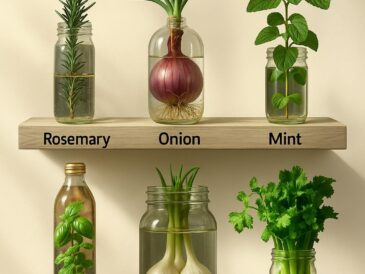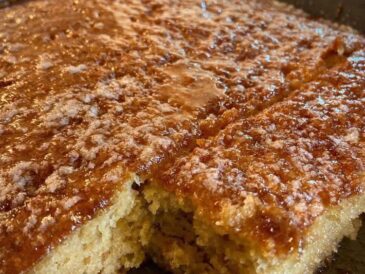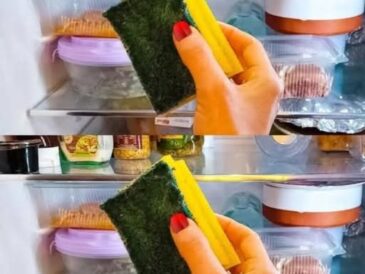A simple soap spray can suffocate mealybugs by breaking down their protective waxy coating. To prepare the solution, mix a few teaspoons of mild liquid soap with a quart of water. Spray the mixture directly onto the mealybugs, ensuring that it comes into contact with the pests. The soap breaks down the waxy coating of the mealybugs, causing dehydration and death. Be sure to test the spray on a small part of the plant first to ensure it does not cause any damage.
3. Introducing Beneficial Insects
Natural predators such as ladybugs, lacewings, and parasitic wasps can be used to control mealybug populations. These beneficial insects feed on mealybugs and can be introduced into your garden as a biological control method. Purchase them from a reputable supplier and release them near infested plants. Creating a habitat that supports these beneficial insects, such as diverse plantings and avoiding the use of broad-spectrum insecticides, can increase their effectiveness.
4. Rubbing Alcohol Solution
Rubbing alcohol can be used to kill mealybugs on contact. Dip a cotton swab in 70% isopropyl alcohol and apply it directly to the mealybugs. This method is especially useful for small infestations or for treating hard-to-reach areas. The alcohol dissolves the waxy coating of the mealybugs, leading to their death. Be cautious not to apply too much alcohol, as excessive alcohol can damage the plant.
5. Diatomaceous Earth
Diatomaceous earth is a natural powder made from fossilized algae. It works by dehydrating mealybugs and other soft-bodied insects. Sprinkle a thin layer of food-grade diatomaceous earth on the soil and plant surfaces where mealybugs are present. Reapply after watering or rain, as moisture reduces its effectiveness. This method is safe for plants and pets but should be used with care to avoid inhalation.
6. Regular Plant Maintenance and Inspection
Regular maintenance and inspection are essential for preventing mealybug infestations. Prune and remove heavily infested plant parts to reduce the mealybug population. Keep plants healthy by providing proper watering, fertilization, and light conditions. Regularly inspect plants, especially new ones, to catch any infestations early. Keeping a clean growing environment can also deter mealybugs and other pests.
Step-by-Step Instructions for Making Natural Pesticides
- Neem Oil Pesticide:
- Mix 2 teaspoons of neem oil with 1 teaspoon of mild liquid soap and 1 quart of water.
- Pour the mixture into a spray bottle and shake well.
- Spray on the affected plants, ensuring full coverage.
- Soap Spray:
- Mix 1 tablespoon of liquid soap with 1 quart of water in a spray bottle.
- Shake gently to mix.
- Spray directly onto the mealybugs, making sure to cover all areas where they are present.
Conclusion: Maintaining a Mealybug-Free Garden
Keeping your garden free of mealybugs requires vigilance and a combination of strategies. By understanding their life cycle, identifying early signs of infestation, and using a mix of natural control methods, you can effectively manage and prevent mealybug problems. Regular plant care and inspection are crucial for early detection and intervention. By implementing these practices, you can enjoy a healthy, thriving garden without the threat of mealybugs.




